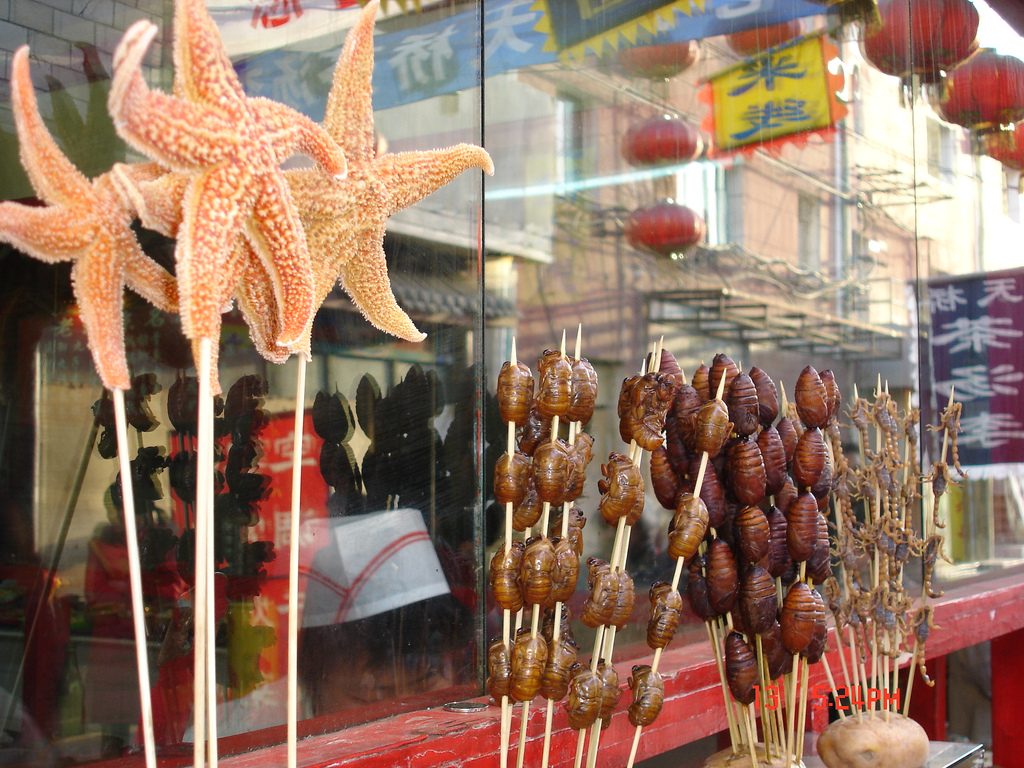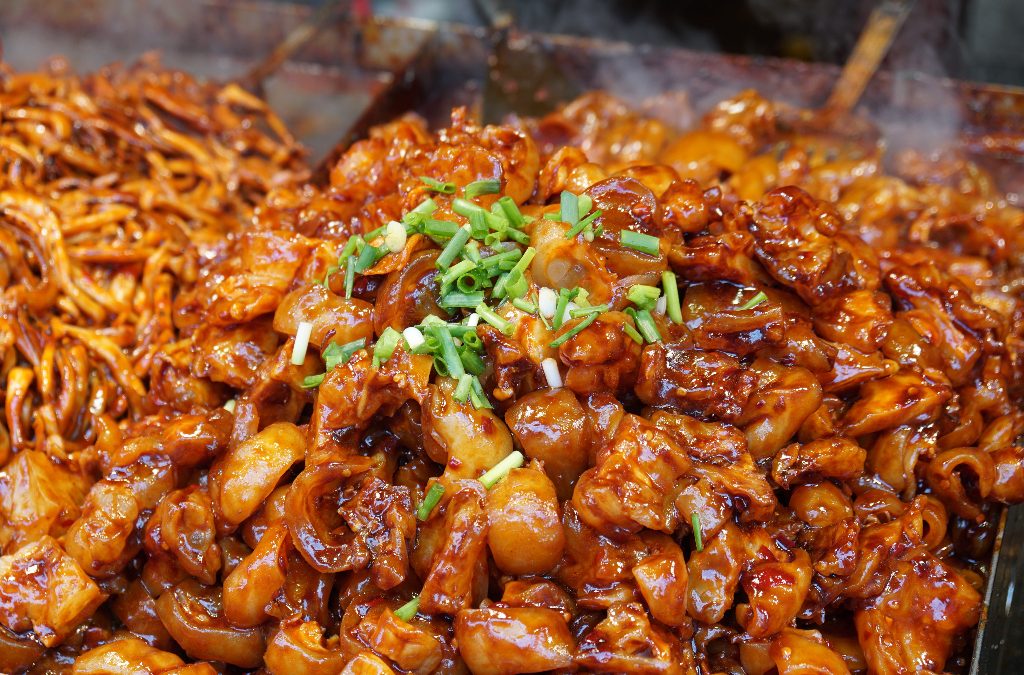Top 5 Snack Streets in Wuhan
A City Steeped in Authentic Sensations
While Wuhan is iconic for its jewel-toned mazes straight out of an urban fantasy, lined with glistening canals, fashionable boutiques, intriguing exhibition centres, and lush ecological sanctuaries, its snack-laden streets are foremost in indulgences.

Hubu Alley
A centuries-old microcosm full of sensory exuberance, this bright and bustling aggrandized alleyway is an edible gallery of Wuhan’s most legendary snacks, from the iconic stinky tofu, Wuhan-style duck neck, and sea-salted fish balls to hot and dry noodles slathered with sesame paste. After a bellyful of delicious treats, you can take a refreshing walk to the nearby attractions, which include the Yangtze River Bridge, East Lake Scenic Area, and Yellow Crane Tower.
Jiqing Street
As the local saying goes, ‘Hubu Alley is for breakfast and Jiqing Street is for late-night food’. And though they both have a thrilling night-time atmosphere, the latter is a vivacious blur of roadside shenanigans. Here you can leisurely savour succulent lobster, steaming dumplings, Junjun beef noodles, and aromatic doupi pancakes. If you’re looking for an outstanding serviced residence in Wuhan, venture no further than the likes of Citadines Zhuankou Wuhan.
Wansongyuan Snack Street
Another tastebud-tantalising foodie emporium, this relatively small street is enveloped by old-world enclaves preserving the authenticity of its flavours. Some of the chief delicacies to look out for include steamed crayfish, soupy dumplings, and uniquely flavourful local ice cream at Su Tie Shan Dessert House.
Liangdao Street
Liangdao Street is another flavour-packed enclave located close to traditional neighbourhoods and conveniently close to Hubu Alley. You’ll find richly authentic eats at Liangdao, from sizzling Dalian squid to Yipin Tofu pudding.
Related posts
Archives
Categories
- Appetizers (54)
- Arab (50)
- Bars (61)
- Burmese (6)
- Café (46)
- Casual Dining (83)
- Chinese (37)
- Coffee House (43)
- Desserts (73)
- Destination Dining (448)
- Diner (64)
- Family Restaurants (123)
- Fast Food (111)
- Fine Dining (571)
- Food Facts (283)
- Healthy Food (164)
- Hong Kong (10)
- Indonesian (15)
- Italian (4)
- Japanese (18)
- Main Dishes (100)
- Maldivian (87)
- Miscellaneous (10)
- Miscellaneous Topics (402)
- Palate (81)
- Recipes (143)
- Restaurants (262)
- Sea Food (145)
- Singaporean (39)
- Sri Lankan (71)
- Steaks & Grill (98)
- Street Food Stalls (185)
- Thai (99)
- Types of Cuisines (179)
- Vegan (72)
- Vegetarian (18)
- Vegeterian (48)
- Vietnamese (22)
- Western (12)

